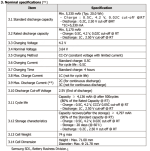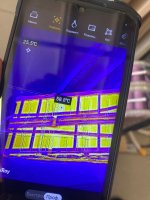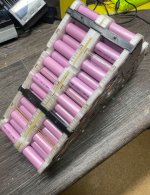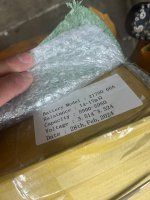From-A-To-B
100 W
I did quite a bit of reading about this in the past, and cannot quickly find the most helpful sources. Some of those threads were here on ES, so it might be worth a search. Previously, I'd read that the top 10% and 10% are about equally as damaging. Thus, I keep my batteries between 90% and 10% SOC whenever I can help it. It does me little good to play around between 3.0 and 2.5 volts per cell, anyway, since I'm worried about getting home at that low level. My battery gets really soft and LVC is just around the corner when I near 3.0V per cell.Random question. Why test 90% DoD? I daily charge my batteries to 80% or 90% capacity and then charge once in a while to 100% right before a long ride. I think I only discharge down to about 3V per cell. So, I guess I answered my own question.
Which aspect of the 100% DoD test do you think is more damaging to the cells leading to the differences you see between 100% DoD and 90% DoD test results? The charge to 4.2V or the discharge to 2.5V?
On the contrary, this article summarizes some testing that indicates that deep discharges are less impactful than charging to 4.2V per cell. Battery charging: Full versus Partial -
At the end of the day, I just take it easy on the battery and know that I don't ride enough to see 1000 full cycles, anyway!










